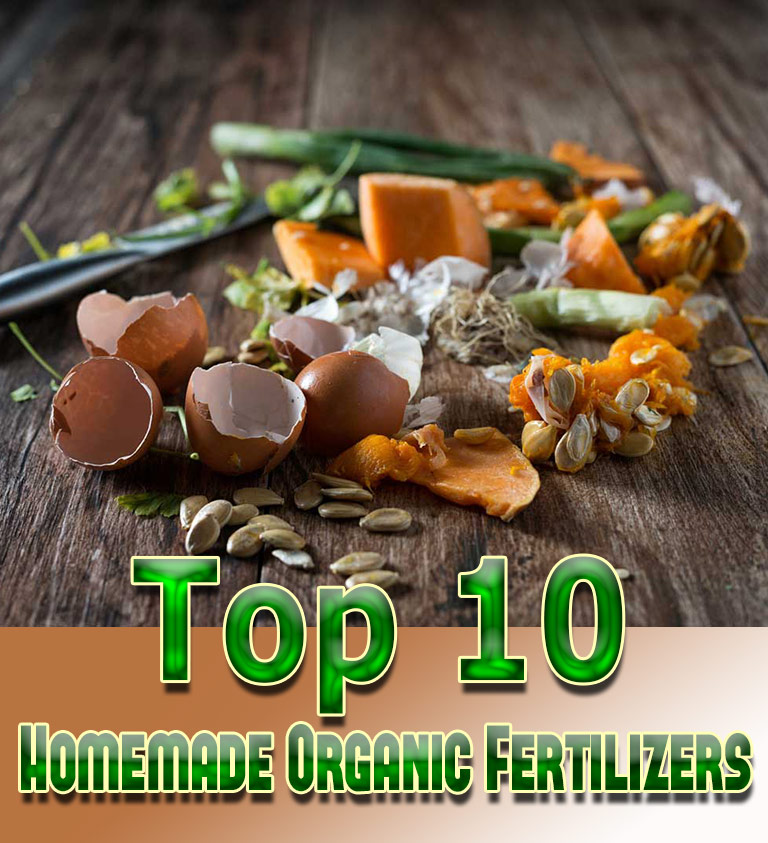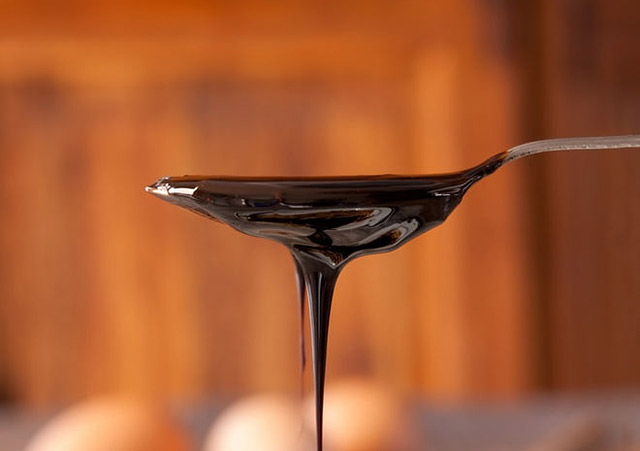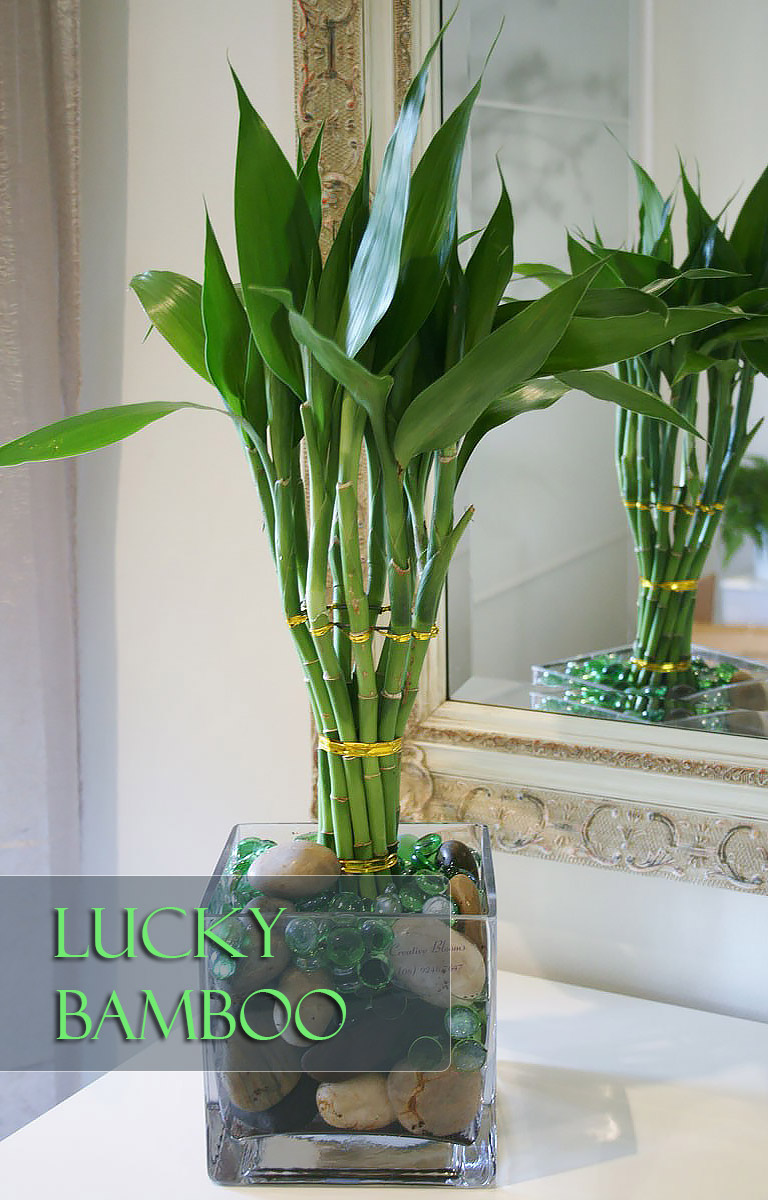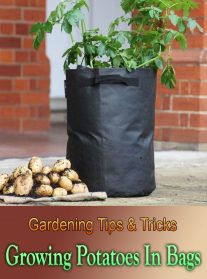
Go no further than your pantry, backyard or the beach for materials to make your own organic fertilizers:
BANANA PEELS
Eating a banana helps replenish lost potassium. Roses love potassium too. Simply throw one or two peels in the hole before planting or bury peels under mulch so they can compost naturally. Get bigger and more blooms. I also use banana peels on my vegetables.
COFFEE GROUNDS
Acid-loving plants such as tomatoes, blueberries, roses and azaleas may get a jolt out of coffee grounds mixed into the soil. But more likely it’s the nitrogen that helps. Sprinkled on top of the ground before watering or pour a liquid version on top of the soil. If using as a soil drench, soak 6 cups of coffee grounds in a 5 gallon bucket of water. Let it sit for 2-3 days and then saturate the soil around your plants.
EGG SHELLS

Wash them first, then crush. Work the shell pieces into the soil near tomatoes and peppers. The calcium helps fend off blossom end rot. Eggshells are 93% calcium carbonate, the same ingredient as lime, a tried and true soil amendment! I use eggshells in my homemade potting mix. This gives me healthy, beautiful fruits fit for seed saving.
SEAWEED
Fresh seaweed does not need to be washed before use to remove salt. Asian markets sell dried seaweed. Both fresh and dried versions are considered excellent soil amendments. Seaweed contains trace elements and actually serves as a food source for soil microbes. Chop up a small bucket of seaweed and add it to 5 gallons of water. Let it sit for 2-3 weeks loosely covered. Use it to drench the soil and foliage. 2 cups work well for a small plant, 4 cups for a medium plants and 6 cups for a large plant. Experiment with amounts. Combine seaweed with other tea fertilizers.
WEEDS
You’ve got your own fertilizer growing under your feet! Nettles, comfrey, yellow dock, burdock, horsetail and chickweed make wonderful homemade fertilizer. There are several ways you can use them to make your own brew or to speed up your compost pile. If your weeds have not gone to flower you can dry them in the sun and chop them up to use as a mulch. They are high in nitrogen and won’t rob your plants of nutrients. Borage (starflower) is an herb but for some people it’s a weed. It has many of the same nutritional properties as comfrey. I dry the entire plant, root and all, and put it in my compost tumbler. It helps break everything down and gives the pile and extra dose of heat. Some folks let the weeds soak for many days.
For an extended brew, get out the bucket and your bandana! The bandana you’ll need for your nose because this technique gets stinky! I’m not a fan of fermented fertilizers but if you want to take the “putrid plunge” place a bunch of weed leaves and roots in a 5 gallon bucket. Weigh down the leaves with a brick to ensure the plant matter is covered and add water to cover. Stir weekly and wait 3-5 weeks for the contents to get thick an gooey. Then use that goo, diluted 1:10 or more as a soil drench fertilizer. To make it even more convenient, you can use two buckets and make a hole in the bottom of the bucket that contains the plants. The goo will seep through to the lower bucket. It’s always best to apply the liquid fertilizer diluted – it should look like weak tea.
MOLASSES

Using molasses in compost tea supposedly increases microbes and the beneficial bacteria that microbes feed on. If you want to start out with a simple recipe for molasses fertilizer, mix 1-3 tablespoons of molasses into a gallon of water. Water your plants with this concoction and watch them grow bigger and healthier.
HUMAN URINE
Sounds disgusting, but urine is considered sterile if the body it’s coming from is healthy and free of viruses and infection. High in nitrogen, urea contains more phosphorous and potassium than many of the fertilizers we buy at the store! If serving tomatoes that have been fertilized with pee gives you the “willies”, try it in the compost pile. A good ratio of urine to water would be 1:8. You can collect a cup of urine and pour it into 8 cups of water in a plastic bucket used outside for fertilizing plants. Pour 2 cups around the perimeter of each SMALL plant. For MEDIUM plants add 4 cups and LARGE plants deserve a good 6 cups of your personal home brew.
GRASS CLIPPINGS
Rich in nitrogen, grass breaks down over time and enhances the soil. Fill a 5 gallon bucket full of grass clippings. You can even add weeds! Weeds soak up nutrients from the soil just as much as grass. Add water to the top of the bucket and let sit for a day or two. Dilute your grass tea by mixing 1 cup of liquid grass into 10 cups of water. Apply to the base of plants using the same amounts as listed above in the urine recipe.
MANURE
With a little effort, you’ll find folks that are giving away composted chicken, horse or cow manure for free. Composted and aged manure is best. Add the composted manure to a small permeable bag made from recycled cloth, e.g., a t-shirt or old towel. Let it steep in the shade for a few days and apply it to your soil to condition it before planting. Bury or discard the used bag. Some people use manure tea to soak bare root roses!
CAT AND DOG FOOD

Depending on the dog food you recycle, this soil amendment may not be organic. However, even the cheap stuff contains protein and micro-nutrients that benefit the soil. To prepare a garden plot for planting, sprinkle dry pet food on the bed, turn the soil and water. Let it decay naturally. To discourage wildlife from visiting for a snack, cover with cardboard until the food decomposes. The cardboard will also trap moisture and discourage weeds.
Make sure the cardboard get wet all the way through and cover with mulch. Water thoroughly every week for four weeks. Soybean meal and alfalfa pellets from the grain store work great too. Sometimes grain stores will sell for cheap or give away spoiled grains. Check the feed for salt content and try not to add pet or animal food considered high in sodium. The AAFCO (Association of American Feed Control Officials) recommends dry dog food contain a minimum of 3% sodium to support normal growth and development.
WORM CASTINGS
Make your own worm tea -it’s easy. Start with a handful of red wiggler worms and set them up with some tasty cardboard and kitchen scraps. I started about 8 years ago and haven’t stopped since.




Leave a Reply